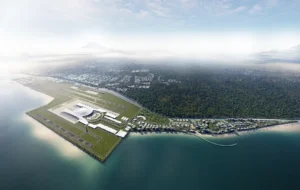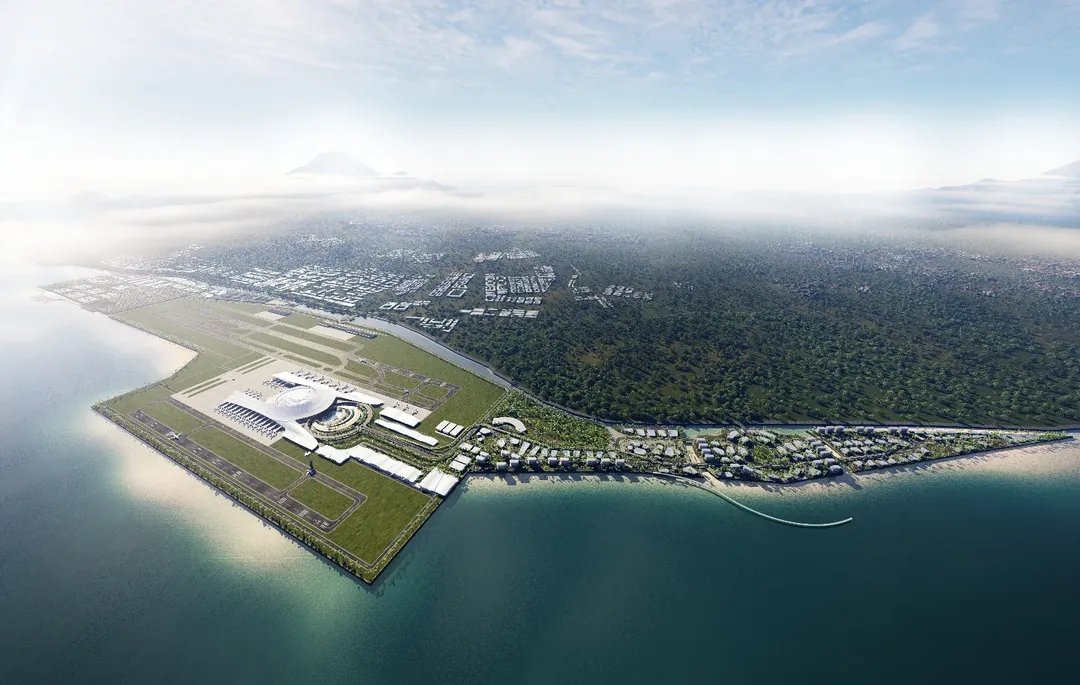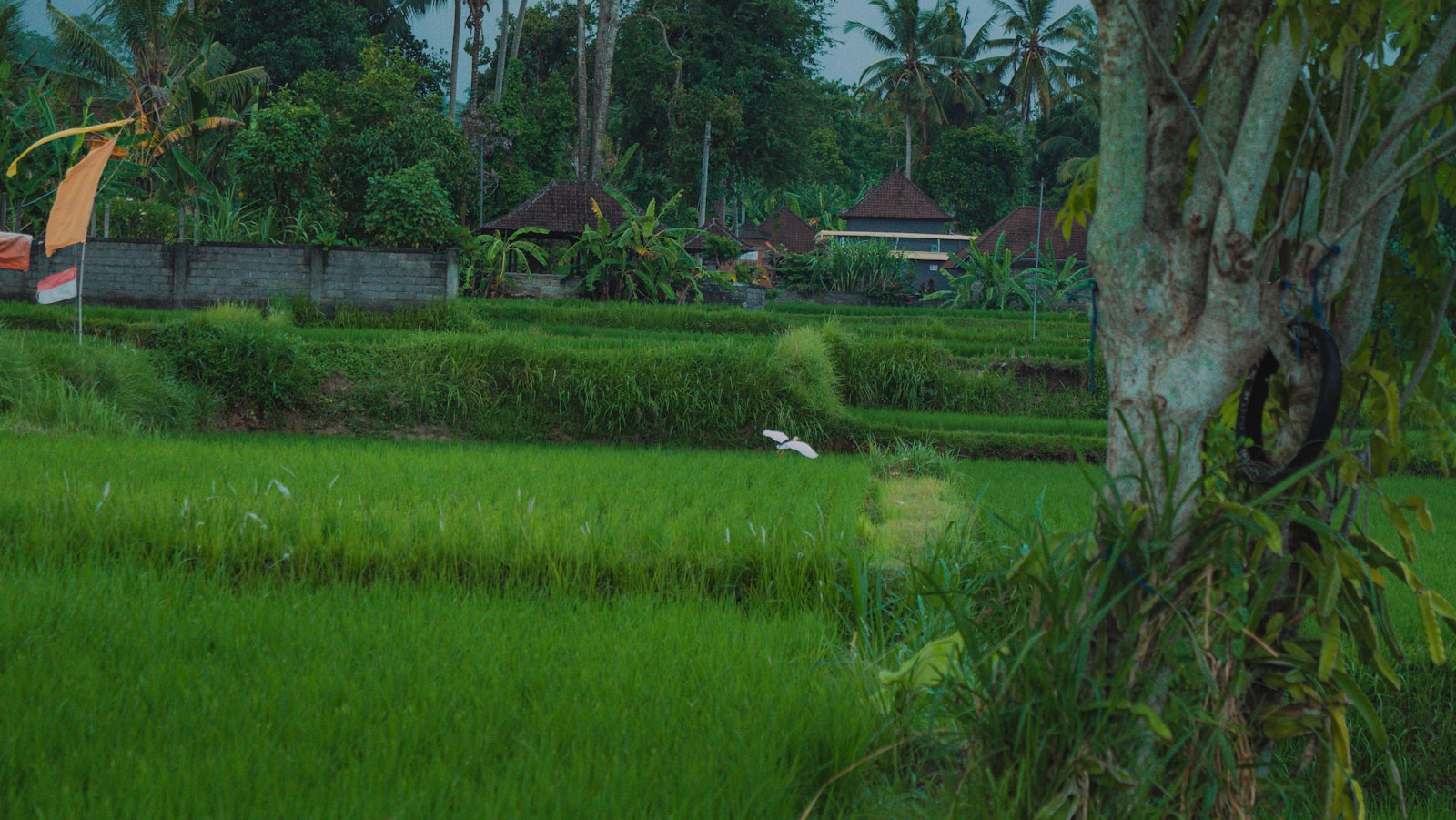Bali’s Future: From Rice Paddies to Mega Resorts – What Will the Island Look Like in 2075?
For decades, Bali has transformed from a serene island of rice paddies and sacred temples into one of the world’s most sought-after tourist destinations. But new declassified Cold War-era spy satellite images have provided a stark visual reminder of just how drastically the island has changed in the past 50 years. As overdevelopment, environmental challenges, and tourism continue at full speed, one big question looms—what will Bali look like 50 years from now? Will it still be the cultural paradise that draws millions, or will it become an overbuilt, commercialized shell of its former self?
A Glimpse Into the Past: Bali Before the Boom
In 1965, before Bali’s tourism explosion, the island was a tapestry of lush rice terraces, traditional villages, and untouched coastline. At the time, the island had a population of around 2 million, and most locals relied on agriculture, particularly rice farming, to sustain their livelihoods. The newly revealed satellite images from 1965 highlight how the landscape was once dominated by greenery rather than concrete.
The turning point came in 1968 with the opening of Ngurah Rai International Airport. It marked the beginning of Bali’s tourism boom, bringing in waves of international visitors. By the 1980s and 1990s, areas like Kuta and Seminyak became tourism hotspots, and by the 2000s, Canggu and Uluwatu followed suit. Today, Bali sees millions of tourists annually, and its population has doubled to over 4 million.
The Current Reality: Tourism vs. Tradition
Bali’s economy is now heavily dependent on tourism, but this rapid growth has come at a cost. Among the biggest challenges:
- Loss of Farmland – Rice paddies are disappearing as land is sold to developers for villas, resorts, and shopping centers.
- Traffic & Overcrowding – Once-peaceful roads are now gridlocked, particularly in areas like Canggu and Seminyak.
- Pollution & Waste – More visitors mean more trash, and Bali’s waste management system is struggling to keep up.
- Water Shortages – Tourism is depleting natural water sources, affecting both locals and farmers.
- Cultural Erosion – Balinese traditions remain strong, but mass tourism has led to concerns about commercialization and cultural dilution.
Fast-Forward to 2075: What Will Bali Look Like?
If the current trends continue, Bali in 50 years could be unrecognizable. Based on current growth patterns and expert predictions, here’s what we might expect:
1. Mega-Resorts and High-Rises Dominate the Landscape
Bali’s charm lies in its traditional architecture and natural scenery, but will that still exist in 2075? If rapid development isn’t controlled, the coastline could be lined with high-rise hotels and mega-resorts, similar to destinations like Phuket or Cancun. Once-idyllic areas like Uluwatu and Amed may transform into commercial tourism zones.
2. Environmental Struggles Intensify
- Severe Water Scarcity – With rising demand from hotels, resorts, and tourists, freshwater shortages could reach crisis levels.
- Coastal Erosion – Without proper environmental policies, beach erosion and rising sea levels may cause major damage.
- Waste Management Collapse – Unless sustainable systems are implemented, Bali’s trash problem could spiral out of control.
3. Overcrowding vs. Sustainable Tourism
Will Bali continue welcoming millions of tourists annually, or will there be a shift towards more sustainable, low-impact tourism? Cities like Amsterdam and Venice have already implemented visitor caps—could Bali do the same?
4. Bali’s Culture: Will It Survive or Be a Theme Park?
Balinese traditions, ceremonies, and spirituality have withstood the test of time, but can they withstand mass commercialization? If development isn’t carefully managed, there’s a risk that cultural heritage could be reduced to performances for tourists rather than authentic, lived traditions.
Is There Another Path? A Sustainable Future for Bali
While the risks are real, Bali still has time to chart a different course. Here’s what could help shape a more balanced future:
- Tighter Development Regulations – Implementing stricter zoning laws to protect farmland and cultural areas.
- Sustainable Tourism Initiatives – Encouraging eco-tourism and limiting visitor numbers during peak seasons.
- Stronger Environmental Policies – Addressing waste management, water conservation, and green energy solutions.
- Investment in Local Communities – Ensuring that tourism profits benefit Balinese people rather than just foreign investors.
The Choice is Now
Bali’s transformation from a quiet paradise to a bustling tourism hub happened in just a few decades. If trends continue unchecked, the island’s future could be one of environmental collapse and cultural loss. But it doesn’t have to be this way. By making conscious choices today—prioritizing sustainability, cultural preservation, and smart development—Bali can ensure that 50 years from now, it remains a paradise worth visiting. The question is: will we act in time?
Inspired By (Original Source): The Guardian










